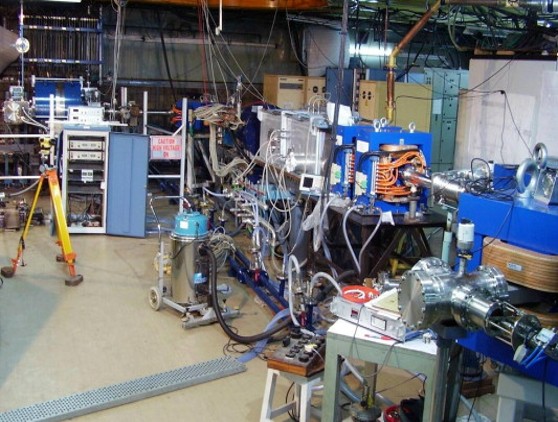Radioactive Ion Beam Facility

Construction of a RIB facility involves development of state-of-art particle accelerators and intense R&D on targets and ion-sources. Development of various species of beams is done through on-line experiments aimed at optimizing target release efficiency and ionization efficiency of the ion-source. Blue-prints for RIB facility are not available but have to be created via the route of physics & engineering design followed by prototype development and there-after construction and testing of the actual accelerator components. For this reason world-wide enormous effort has been put-in by accelerator physicists and technologists in developing RIB facilities suited to the available primary accelerators while exploiting the technological base in-house and in local industry. The effort at VECC is no different. In preparation for the construction of a full-fledged RIB facility, a low energy R&D facility has been built that uses beams from VECC K130 cyclotron to produce RIB via the isotope separator on-line route. Radioactive isotopes produced in the target are transported to a 6.4 GHz ECR ion-source, ionized and after separation in a magnetic separator are accelerated in a RFQ and three heavy-ion linacs. Respective output energy after RFQ and the three linac modules is around 100, 186, 289 and 415 keV/A. The accelerator components have been designed at VECC and fabricated indigenously in collaboration with industry and institutional partners such as CSIR-CMERI Durgapur and SAMEER Mumbai. Apart from RIBs listed in the table, beams of stable isotopes of boron, carbon, oxygen, nitrogen, argon, potassium, iron, nickel and zinc are accelerated and are being used for surface science, nano-science and material science studies




